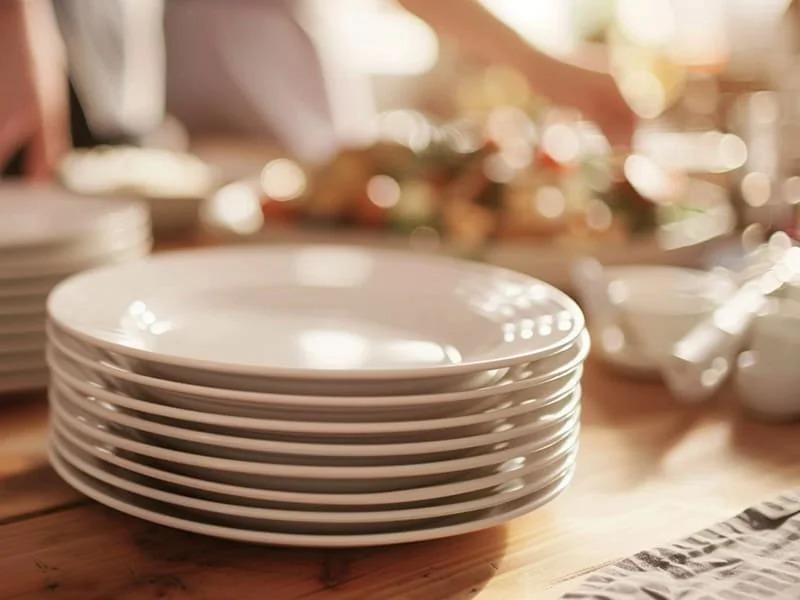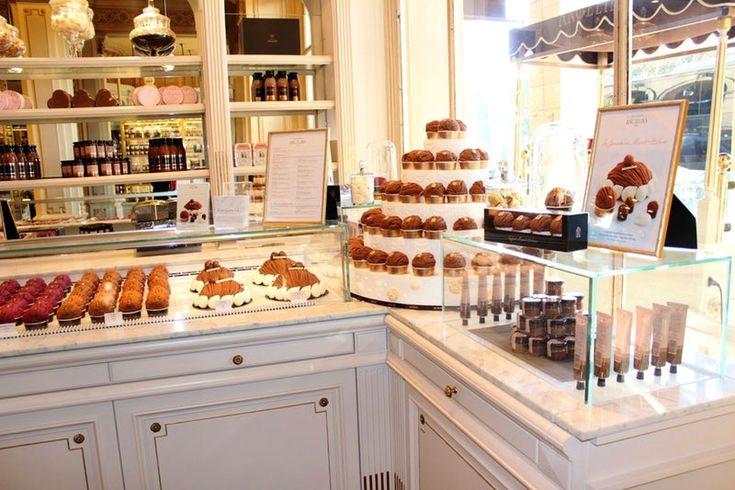Patrocinado
Melamine Trays vs. Metal Trays: Which is Better for You?

Choosing the right type of tray for your business or personal use is essential, especially when balancing factors like durability, cost, and functionality. Two of the most common types of trays available today are melamine trays and metal trays. Each has its unique advantages and disadvantages, and understanding these can help you make an informed decision. At Duramela, where precision and quality are paramount in all manufacturing processes, we appreciate how material choice impacts performance across industries.
This article will explore the key differences between melamine trays and metal trays, focusing on weight, portability, resistance, cost-effectiveness, maintenance, and practical uses.
Weight and Portability Comparison
One of the first things to consider when selecting trays is their weight and portability. Melamine trays are made from a durable plastic resin that mimics the look and feel of ceramic but is much lighter. This lightness makes melamine trays easier to carry, especially when transporting multiple items or serving food and beverages.
Metal trays, on the other hand, typically consist of steel, aluminum, or stainless steel. These materials provide robust strength but often come with a heavier profile. While metal trays are sturdy and reliable, their weight can become a drawback in situations where frequent movement or extended carrying is required.
For applications such as catering, hospitality, or home use, melamine trays offer a significant advantage in ease of handling. However, in industrial environments where the tray’s weight can contribute to stability, metal trays may be preferred despite their heft.
Resistance to Heat, Chemicals, and Impact
Resistance to environmental factors is crucial when evaluating tray materials. Melamine trays are known for their excellent resistance to heat and chemicals, making them ideal for serving hot dishes and for use in environments where exposure to various substances is common. They are less likely to warp or crack under moderate heat and can withstand common detergents without degrading.
Metal trays excel in heat resistance as well, particularly stainless steel trays that can tolerate extremely high temperatures without damage. This quality makes metal trays suitable for industrial or kitchen environments involving direct heat or open flames. They are also highly resistant to impact and mechanical stress, which ensures longevity even in rough handling conditions.
However, metal trays can be prone to corrosion if not properly maintained, especially in acidic or salty environments. Melamine trays avoid this issue entirely as they do not rust or corrode, which simplifies maintenance and prolongs lifespan under normal use.
Cost-Effectiveness and Maintenance Factors
When considering the cost of melamine trays versus metal trays, several factors come into play including initial price, longevity, and upkeep.
Melamine trays generally come at a lower initial cost compared to metal trays, making them attractive for businesses or individuals on a budget. Their maintenance is also straightforward since they do not require special cleaning agents or treatments. Melamine trays resist stains and are dishwasher safe, adding to their convenience and overall cost-efficiency.
Metal trays usually have a higher upfront cost due to the raw materials and manufacturing process involved. However, their durability means they can last significantly longer under harsh conditions, potentially reducing replacement costs over time. Proper maintenance, such as regular cleaning to prevent rust and careful handling to avoid dents, is necessary to maximize their lifespan.
In industrial contexts, where trays are subjected to heavy use, the robustness of metal trays may justify their higher price. Conversely, for lighter, everyday use, melamine trays offer a balance of affordability and functionality that is hard to beat.
Use Cases Across Hospitality and Industry
Understanding where melamine trays and metal trays perform best helps clarify which option is better suited for your needs.
Hospitality Sector:
Melamine trays are widely used in restaurants, hotels, and catering services due to their attractive appearance and practicality. Their lightweight nature allows servers to move quickly and efficiently, while their resistance to stains and chemicals ensures a clean presentation. These trays are excellent for serving food, organizing buffet lines, or even as display trays.
Metal trays find a role in hospitality as well, particularly in professional kitchens where durability and heat resistance are essential. They are perfect for baking, roasting, or holding hot dishes during preparation. Metal trays can also be used as sturdy serving platforms for heavier items.
Industrial Applications:
In manufacturing or heavy-duty environments, metal trays dominate due to their strength and ability to withstand tough conditions. At Duramela, where metal processing machinery is crafted with precision, the importance of durable materials is clear. Metal trays can handle heavy components, resist abrasion, and tolerate exposure to oils and chemicals often found in industrial settings.
Melamine trays are less common in heavy industry but can still serve in lighter tasks such as sorting small parts, organizing tools, or transporting non-abrasive materials.
Conclusion
Choosing between melamine trays and metal trays depends largely on the specific demands of your environment and intended use. Melamine trays offer a lightweight, cost-effective, and versatile option perfect for hospitality and everyday serving needs. Their resistance to stains, heat, and chemicals combined with easy maintenance makes them an attractive choice for many.
Metal trays provide unmatched strength, heat tolerance, and durability, making them indispensable in industrial applications and professional kitchens. Although heavier and requiring more maintenance, their longevity can outweigh the initial investment.
At Duramela, we understand the value of selecting the right material to meet your needs, whether for manufacturing equipment or everyday tools like trays. When quality and reliability matter, making the right choice ensures better performance and satisfaction.
If you are considering melamine trays or metal trays for your business or personal use, weigh the factors of weight, resistance, cost, and application carefully. This will help you select a tray that not only fits your needs but enhances your efficiency and productivity.



